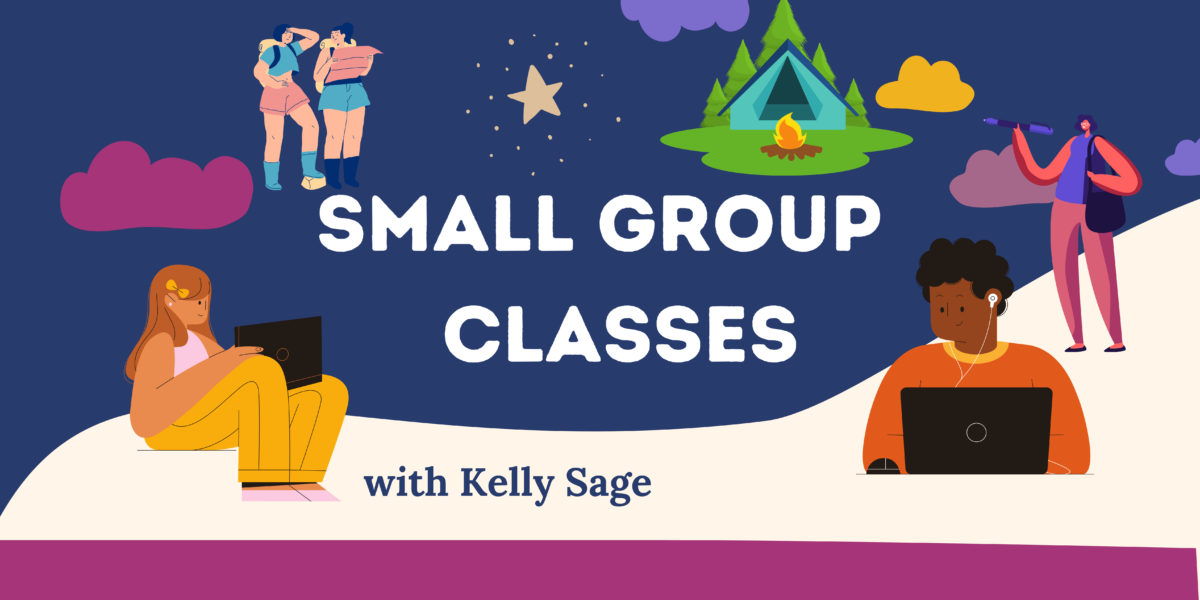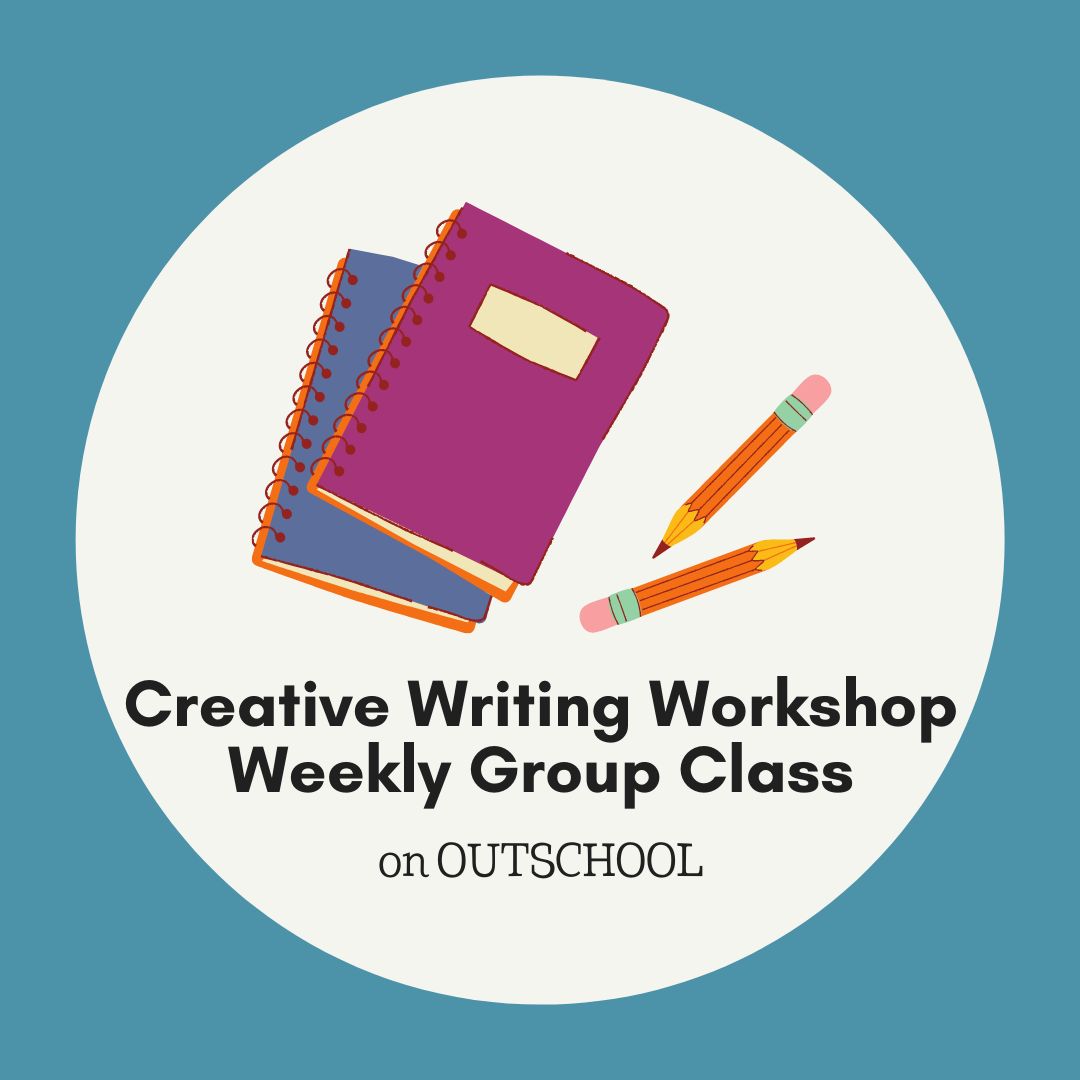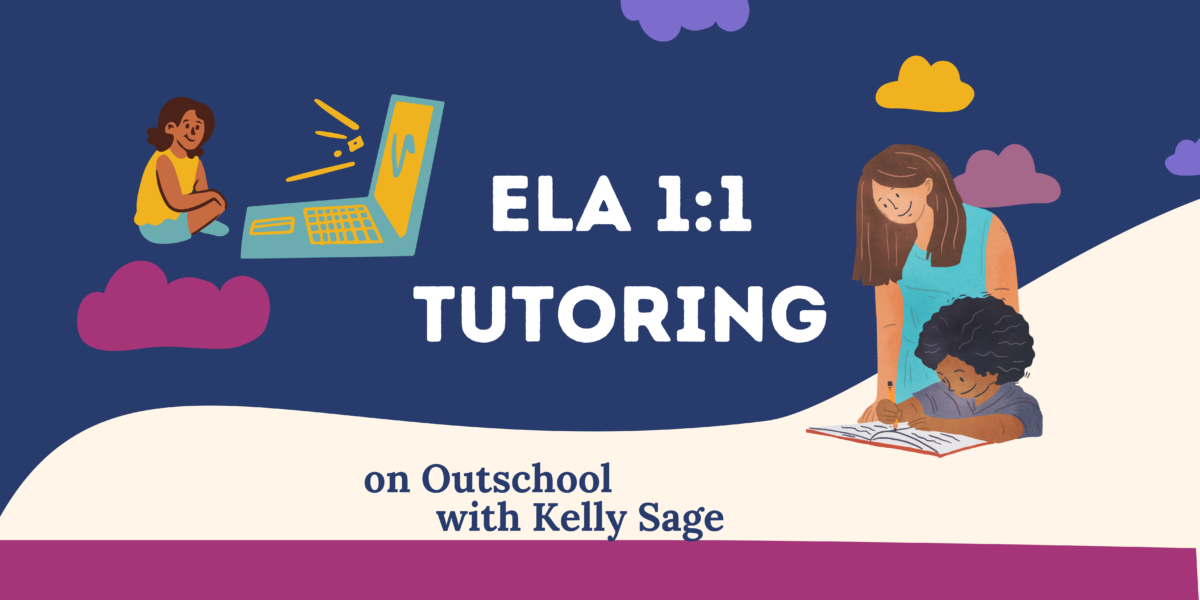Disclosure- Links in this post may be affiliate links. If you click through and make a purchase, I earn a commission at no additional cost to you. Unless noted, if I am reviewing a product, I have been compensated for my time. I write honest reviews. They are not required to be positive. I only recommend the resources we love and use.

When my daughter was little, we read a lot! We sang songs to learn letter sounds, wrote words in chalk, tried to spot all the S’s for Sophie we could see. When she was little, our time reading was about exposure and fun. She learned a lot indirectly. As she’s gotten older, a focus on decoding and comprehension are important. Reading for pleasure and exposure is vital, but some learnings need more direct teaching. On top of making sure our kids can read the words on the page, they need to be able to understand how the words on the page fit together. They needed to be able to predict and infer, differentiate between figurative and literal language, find allusions, themes, and create their own meanings. It can be a lot. Never fear. Here’s where reading comprehension activities come in to play.
The reading comprehension activities below can help our kids hone their skills before, during, and after reading. While it might be nice if learning to read was just about rhyming and singing the ABCs, it’s not. Thankfully, just as there are many ways to introduce our children to letter sounds and a love of reading, there are many ways to help our kids understand what they read.

Before Reading Strategies
Activating prior knowledge is an important piece to understanding what we read. As parents and teachers, we can best help our kids by making sure we are familiar with the text. Once we have read the book or know a good deal about what it is about, we can help our kids activate prior knowledge by having them:
-
 Reading Comprehension Strategies Course$10.00
Reading Comprehension Strategies Course$10.00 -
 Reader Response Bookmarks$2.00
Reader Response Bookmarks$2.00 -
 Double Entry Journal$1.00
Double Entry Journal$1.00
- Survey the book. Read the back of the book together. Talk about the title and any pictures. Have kids predict what they think the book might be about.
- Learn about the author and the time period.
- Talk about what they already know about the subject matter they will be reading about. You might do this by beginning a KWL chart- what we KNOW, WANT TO KNOW, LEARNED.
- Connect to the main character or themes they are going to be introduced to. For instance, if your child is going to read Gary Paulson’s Hatchet, you might ask why they think they would need if they were alone on a deserted island.

During Reading
It’s important for readers to think about and discuss what they are reading while they are reading. While reading, we can help our kids dig into the text by:
- Teaching and using reading strategies. Readers need to be able to connect, summarize or clarify, predict, infer, comment with their own opinions and ideas, question, and visualize while they are reading.
- Using discussion questions (questions that can’t be answered with yes/no or a single word answer) to help kids dig deeper into the text.
- Having readers pull out important quotes and use them to create discussions.

After Reading
Once your readers have finished a text, the learning doesn’t stop there. The possibilities are endless. Readers can:
- Create creative projects such as travel brochures, new endings, podcasts, or art depicting important learnings.
- Write a book review, give a book talk to convince someone else to read the book, lead a discussion with other readers.
- Use expository writing to analyze and dig into important themes and ideas. Readers might write essays that compare and contrast, focus on figurative language or discuss a character’s changes.
Just like when our kids are learning their letters and learning to decode, learning to understand what we read involves indirect and direct teaching. Some kids need more direct instruction than others. Regardless, it’s important readers, new and proficient, are active readers. They needed to be thinking, analyzing, and processing the text before, during, and after they read. Reading comprehension strategies invite all types of learners to do this. Helping kids understand what they are reading isn’t always easy, but if we break it down, we can help our kids learn the process proficient readers naturally use.
























